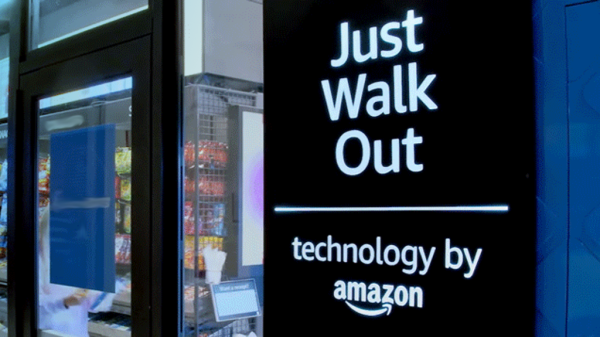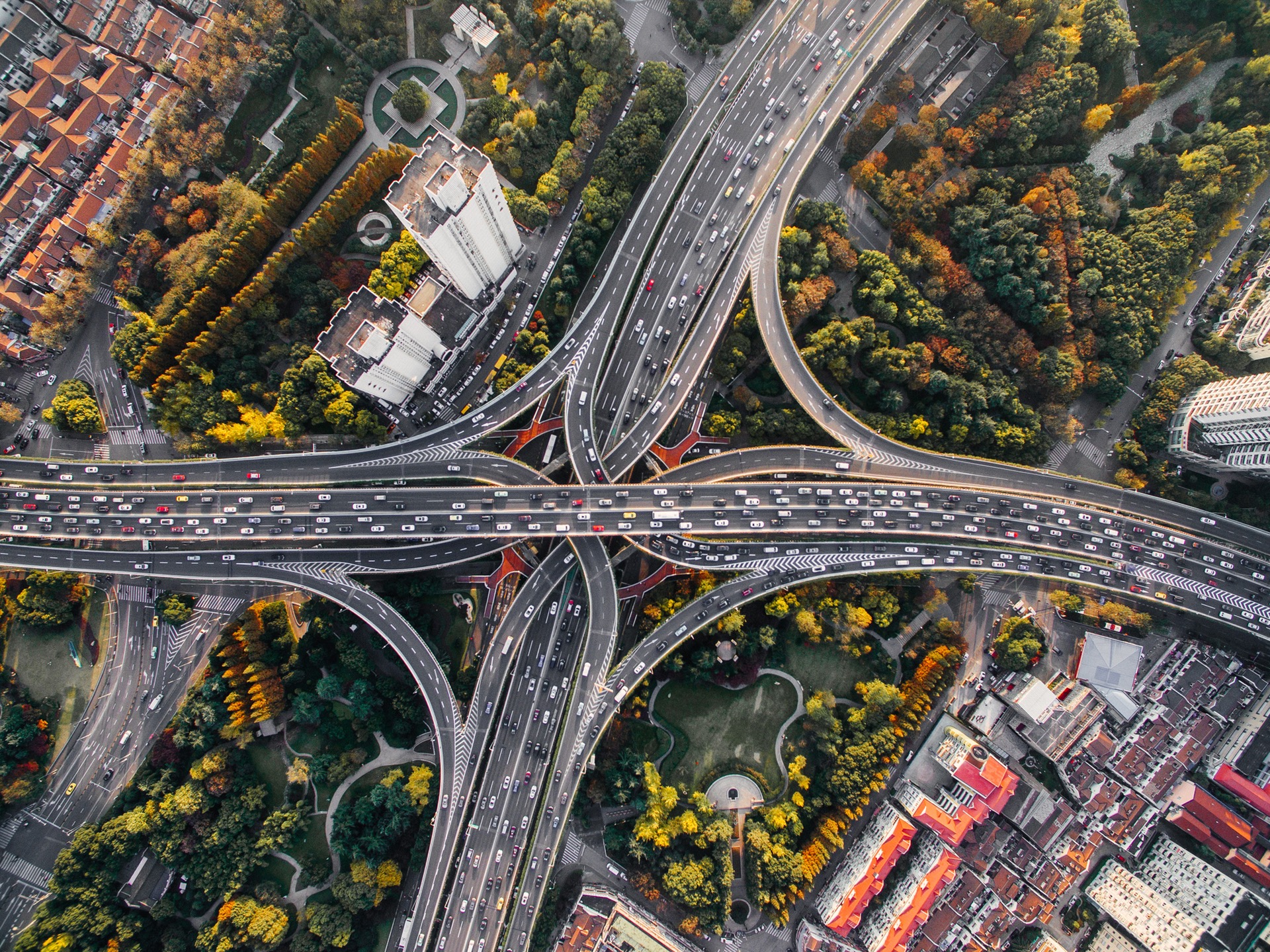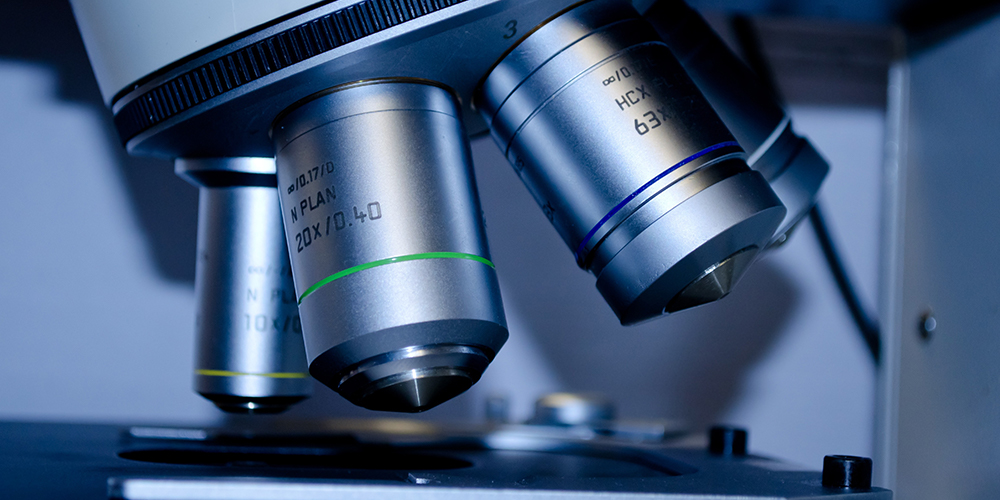The bane of existence
There is a word that strikes fear into the hearts of commuters worldwide- a word so terrible, so vile, so incomprehensibly irritating that merely typing it makes my brow furrow and lips curl back into a vicious snarl. That word, my friends, is… traffic.
![]()
A chill ran down my spine at the mere mention of it.
Let’s go!
But fear not, brothers and sisters! According to a research study led by Daniel B. Work, assistant professor at the University of Illinois at Urbana-Champaign, that foul beast that has terrorized commuters for, well, essentially as long as people have had to commute, may soon be stripped of much of its power. How, you ask? Have poorly designed roads begun to make sense? Have other drivers, aside from yourself, learned how to drive?
Alas, no. Instead, it will be fought tooth and nail by the (occasional) champion of justice known as Technology!
Remember those autonomous vehicles that seemingly every technology and automotive company seems to be working on? Well, according to Work, their “experiments show that with as few as 5 percent of vehicles being automated and carefully controlled, we can eliminate stop-and-go waves caused by human driving behavior.” The experiments, performed in Tucson, AZ, featured a single autonomous vehicle continuously circling a track while sharing the road with at least 20 other human-driven vehicles.
Interesting takeaways from the experiment?
According to Work and his research team, “human drivers naturally create stop-and-go traffic, even in the absence of bottlenecks, lane changes, merges or other disruptions”. Which I guess gives credence to the outraged epithets you may yell with your windows rolled up. This phenomenon even has a name, being called the “phantom traffic jam”. Work’s experiment was the first to be able to demonstrate, however, that a small percentage of autonomous vehicles (which in this case was one), can help to bust the nefarious “phantom.”
Not only would they help to eliminate waves of traffic, but they also could help to reduce fuel consumption by 40 percent.
The results of this experiment also seem to suggest that current automotive technology, such as adaptive cruise control, can also positively affect traffic conditions. This in turn suggests that the cruise control function is useful outside of road trips and extremely long drives. You learn something new every day!
Hypothetical until put into play
Though these results are very exciting, and bring with them hope for the relatively near future, it is important to note that the experiment was performed in a very controlled environment with only a small number of drivers. We will have to wait and see whether autonomous vehicles will have the same amount of success in terms of the chaos that is real-world driving. In the meantime, Work and his team suggest the next step in their research would be to study how the effects of autonomous vehicles in denser traffic, as well as with more freedoms granted to human drivers.
After all, this study did not even allow the human drivers to change lanes!
(Making the concept of a “phantom traffic jam” even more jarring. What could possibly cause a traffic jam if you can’t even change lanes?)
Let’s get autonomous cars goin
Still, as one from the San Francisco Bay Area, whose roads have been in traffic’s deadly stranglehold for quite some time, it is hard not to get overly excited about these results.
Plus, you know, they beat the alternatives. Robot apocalypse and all that.
#AutonomousAutomobiles
Andrew Clausen is a Staff Writer at The American Genius and when he's not deep diving into technology and business news for you, he is a poet, enjoys rock climbing, monster movies, and spending time with his notoriously naughty cat.










































